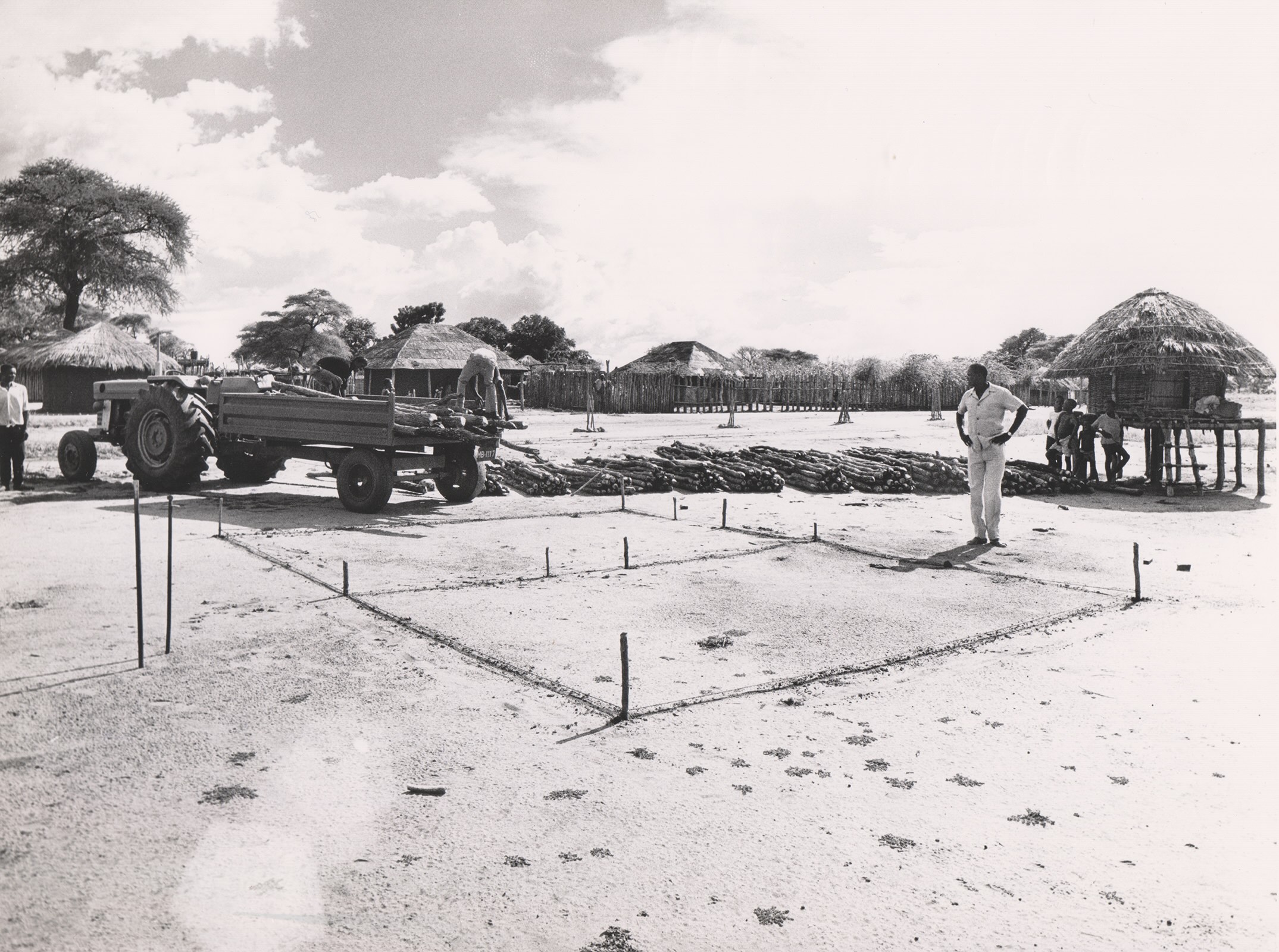Communication
Architecture and resistance: the construction of the Strategic Villages in the Zambezi Valley, Mozambique (1970-1973)
Event: International Conference “50 Anos das Independências das Colónias Portuguesas em África: Histórias, Processos, Legados e Memórias”
Authors: Ana Vaz Milheiro, Francesca Vita
Date: 17 – 19 July 2025
Location: Lisbon, Portugal


Summary
Before Mozambique declared independence, the Zambezi Valley was transformed into a vast construction site. Around 3,000 homes and collective facilities were being built to house the populations of the Tauara and Tonga ethnic groups. The decision to build the Cabora Bassa dam in Tete province had a profound impact on the landscape. The project was part of a wider counter-insurgency program designed to reinforce Portugal’s geopolitical importance as a colonial power, with the aim of halting the Mozambican struggle for independence (Pereira, 2022). The Zambezi Planning Office began the ambitious “Changara-Chioco Rural Planning Plan”.
Based on archival material and photographic reports taken between 1971 and 1973 that recorded the “compulsive” gathering of communities to build these strategic villages, the presentation analyzes the settlement process with the aim of finding (small) signs of resistance that have remained “hidden”. The themes recorded by the military and civil authorities in the area ranged from experimental agricultural fields, health care, “social promotion” activities, water supply and buildings. We are particularly interested in the persistence of ways of living, house plans and construction systems that reproduced pre-colonial processes, as a way of assessing how African vernacular architecture embodied a “silent resistance”.
Click here for more information.

